In central London, seven meters underground, lies an ancient Roman temple to a mysterious god called Mithras.
Nearly 2,000 years after the temple was frequented by the all-male members of an exclusive, enigmatic cult, it has now been faithfully restored and opened to the public.
Visitors descend into a dimly lit cave beneath the new London headquarters of business news outlet Bloomberg. The temple slowly comes to life as torch light flickers and a recording of a low chanting fills the room.
Channels of light and haze extend from the rocky ruins, recreating shadowy columns to give the impression of the temple’s superstructure.
A light display in the recess of the temple depicts the cult statue of Mithras slaying a bull, an image that was the central icon of the cult.
It is believed that soldiers and merchants gathered in these secret temples drinking, feasting and performing rituals that may have involved simulating death and rebirth, and even some nakedness.
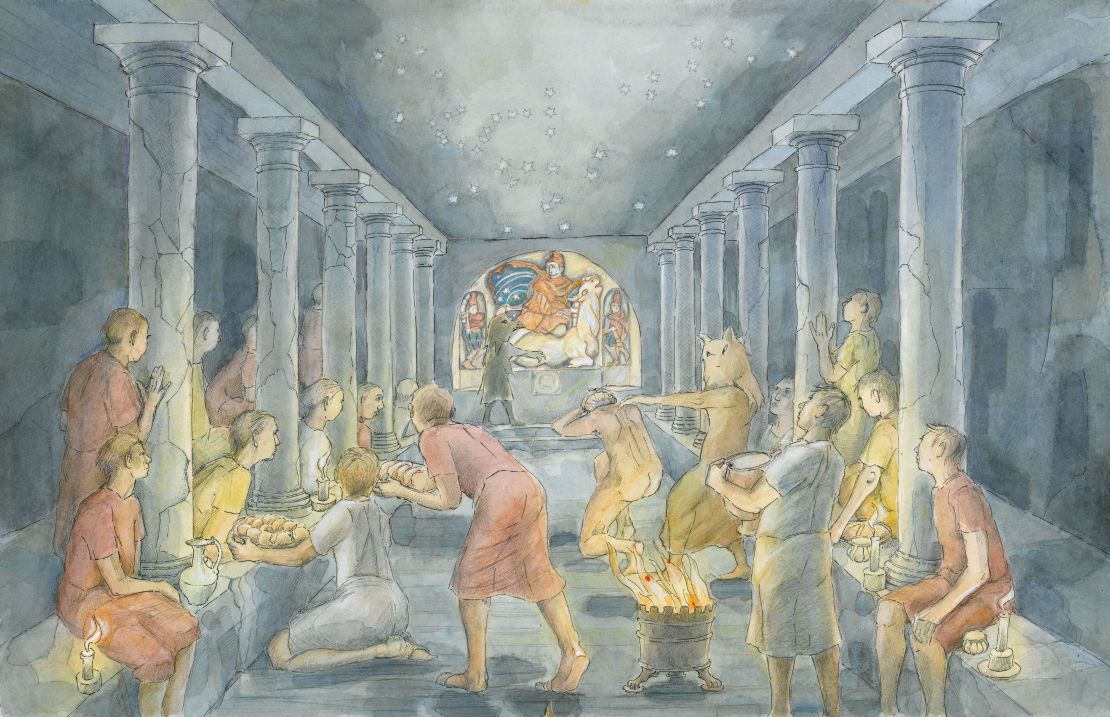
“It was a mystery cult, you were initiated into it and you had to keep your knowledge secret,” Sophie Jackson, lead archaeological consultant from the Museum of London Archaeology, tells CNN.
“They were very effective at keeping their knowledge a secret, so we really don’t know a lot about what went on in the Mithraeum [temple], apart from the archaeological artifacts.”
Demystifying Mithras
The little that is known about the fraternity can be gleaned from the remains of the 400-odd mithraic temples – or mithraea – spanning Europe, North Africa and the Middle East.
Pinecones, incense and evidence of hallucinogens found in various temples paint a picture of some of the mystical rites that may have been practiced in these clandestine temples.
“Most mithraea were windowless,” explains Jackson. “They’re meant to represent the cave in which Mithras killed the primordial bull, perhaps bringing life to the world and fertility.”
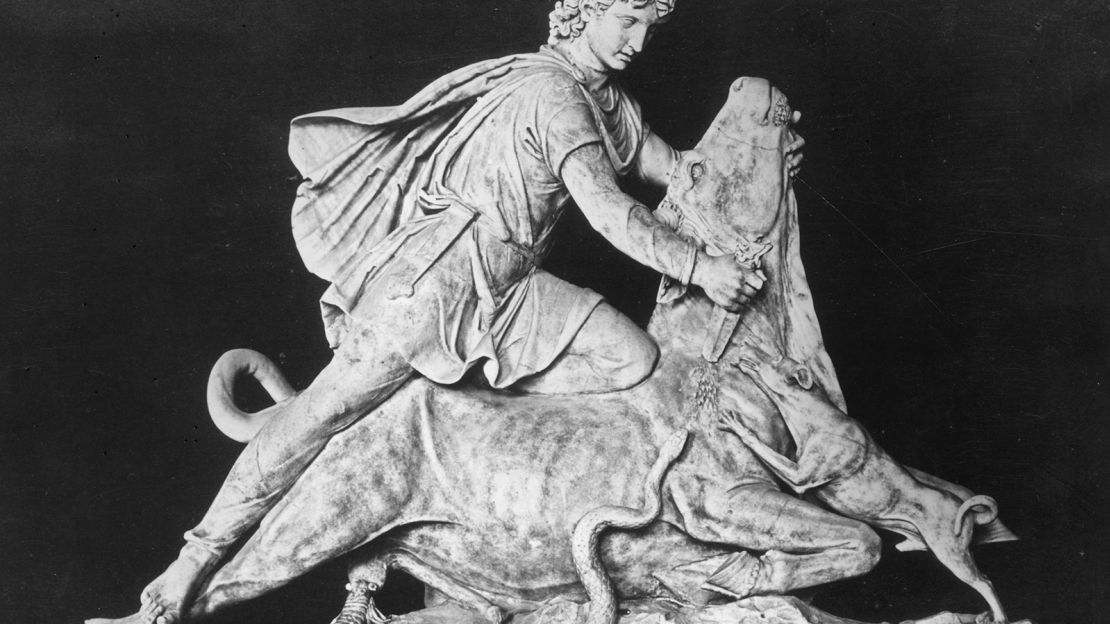
Variations of the bull-slaying cult statue – known as the Tauroctony – feature a scorpion on the bull’s testicles, a dog and snake licking the blood, and various zodiac signs and allusions to Sol the sun god.
But Jackson is wary to read too deeply into any meaning or symbolism from the cult’s relief. “It’s like trying to interpret Christianity when all you’ve got is Christ on the cross,” she says. “[You might think Christianity] is about torturing people with human sacrifice.”
Unearthing London’s Temple
The London Mithraeum was built in 250 AD but discovered by accident in 1954, during excavations of the rubble on Victoria Street in the aftermath of the Second World War.
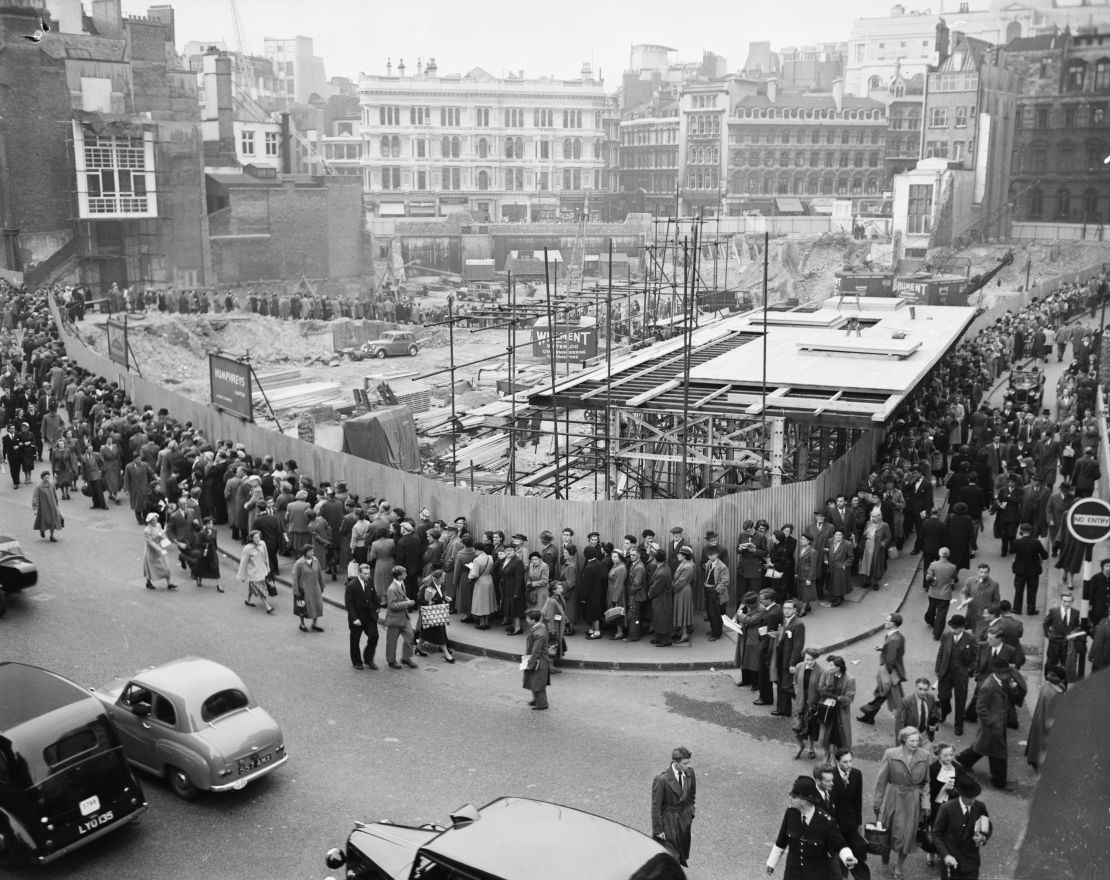
Finding the entire ground floor of a Roman building on a bomb site captured the public imagination, and thousands of people queued for hours to catch a glimpse of the statues of Roman gods emerging from the ruins.
But it wasn’t until the last day of excavation that the head of Mithras was unearthed, revealing the historic purpose of the building.
While Jackson says archaeologists and officials proposed getting rid of it at the time, the press and public protested to keep it. In 1962 the remains were haphazardly reassembled on another site, 100 meters away.
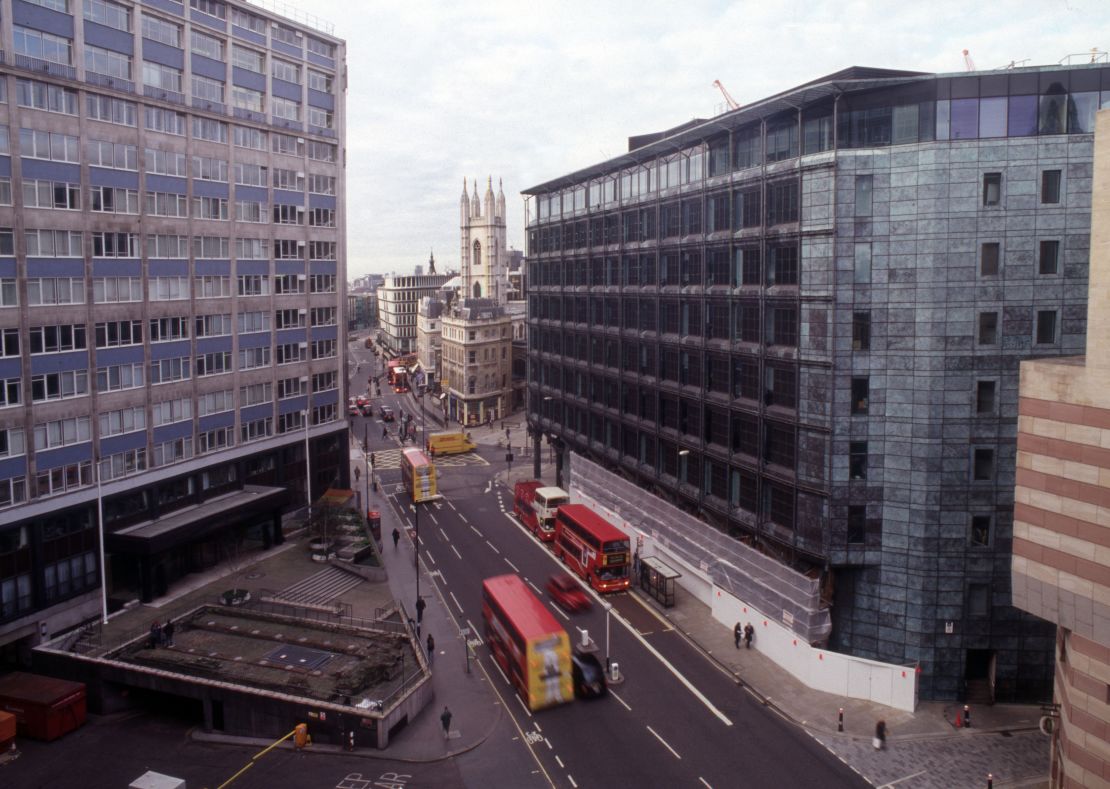
When Bloomberg acquired the site in 2010, it took responsibility for the dismantling and faithful reconstruction of the temple, returning it to its original location.
Jackson and a team of archaeologists, conservators, stone masons and designers sampled mortar from mid third century Roman buildings in London and made a mix of mortars to match.
The team worked from original archaeological drawings, models, photographs, first-hand testimonies and newsreel footage to piece together the ruins.
This particular temple has seven pairs of columns, which, according to Jackson, is significant as it corresponds with the seven grades of promotion within the cult.
But the original columns are long gone, sold when the building was refashioned and taken over by another Roman cult, says Jackson.
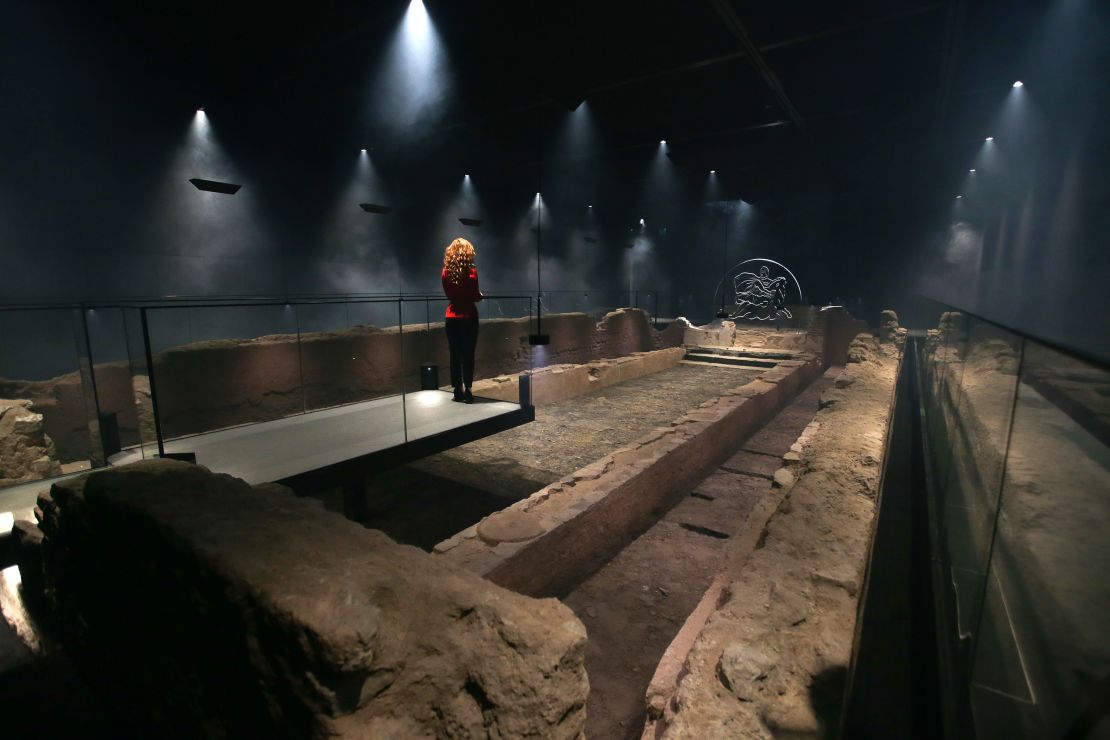
Of the four known Temples to Mithras in the United Kingdom, three are on the frontiers of Roman Britain – one in Wales and two on Hadrian’s Wall in Northumberland – linking the cult to military outposts.
“[The London Mithrauem] illustrates the spread of the cult … it demonstrates that it’s not just to do with the military, it actually involves merchants and traders,” she says.
Since opening in November 2017, the London Mithraeum has welcomed nearly 600 visitors a day. The mystery and intrigue of Mithras lives on, it seems.










